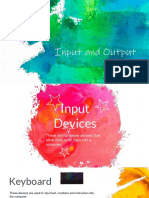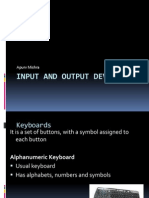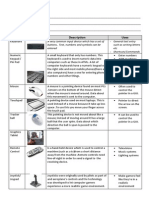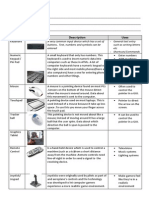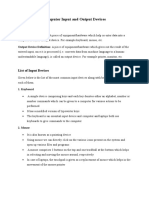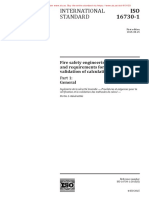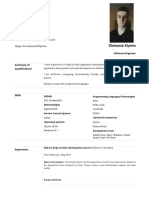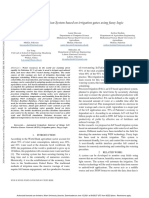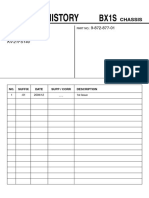0% found this document useful (0 votes)
21 views2 pagesCH 2 (Input - Output Devices)
The document provides an overview of input and output devices, detailing various types such as keyboards, pointing devices, scanners, monitors, and printers. It discusses the advantages and disadvantages of each device type, highlighting their specific uses and functionalities. Additionally, it compares the different input/output devices and their applications in technology.
Uploaded by
Linh NguyễnCopyright
© © All Rights Reserved
We take content rights seriously. If you suspect this is your content, claim it here.
Available Formats
Download as DOCX, PDF, TXT or read online on Scribd
0% found this document useful (0 votes)
21 views2 pagesCH 2 (Input - Output Devices)
The document provides an overview of input and output devices, detailing various types such as keyboards, pointing devices, scanners, monitors, and printers. It discusses the advantages and disadvantages of each device type, highlighting their specific uses and functionalities. Additionally, it compares the different input/output devices and their applications in technology.
Uploaded by
Linh NguyễnCopyright
© © All Rights Reserved
We take content rights seriously. If you suspect this is your content, claim it here.
Available Formats
Download as DOCX, PDF, TXT or read online on Scribd
/ 2






